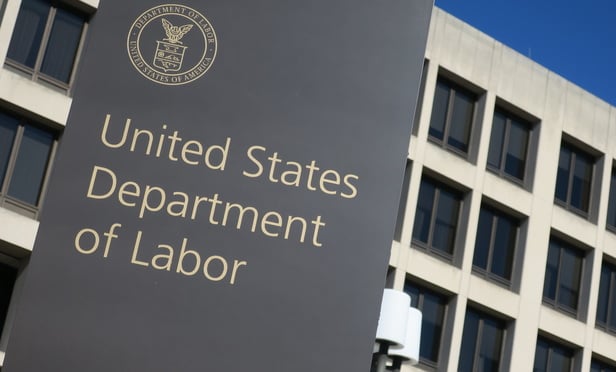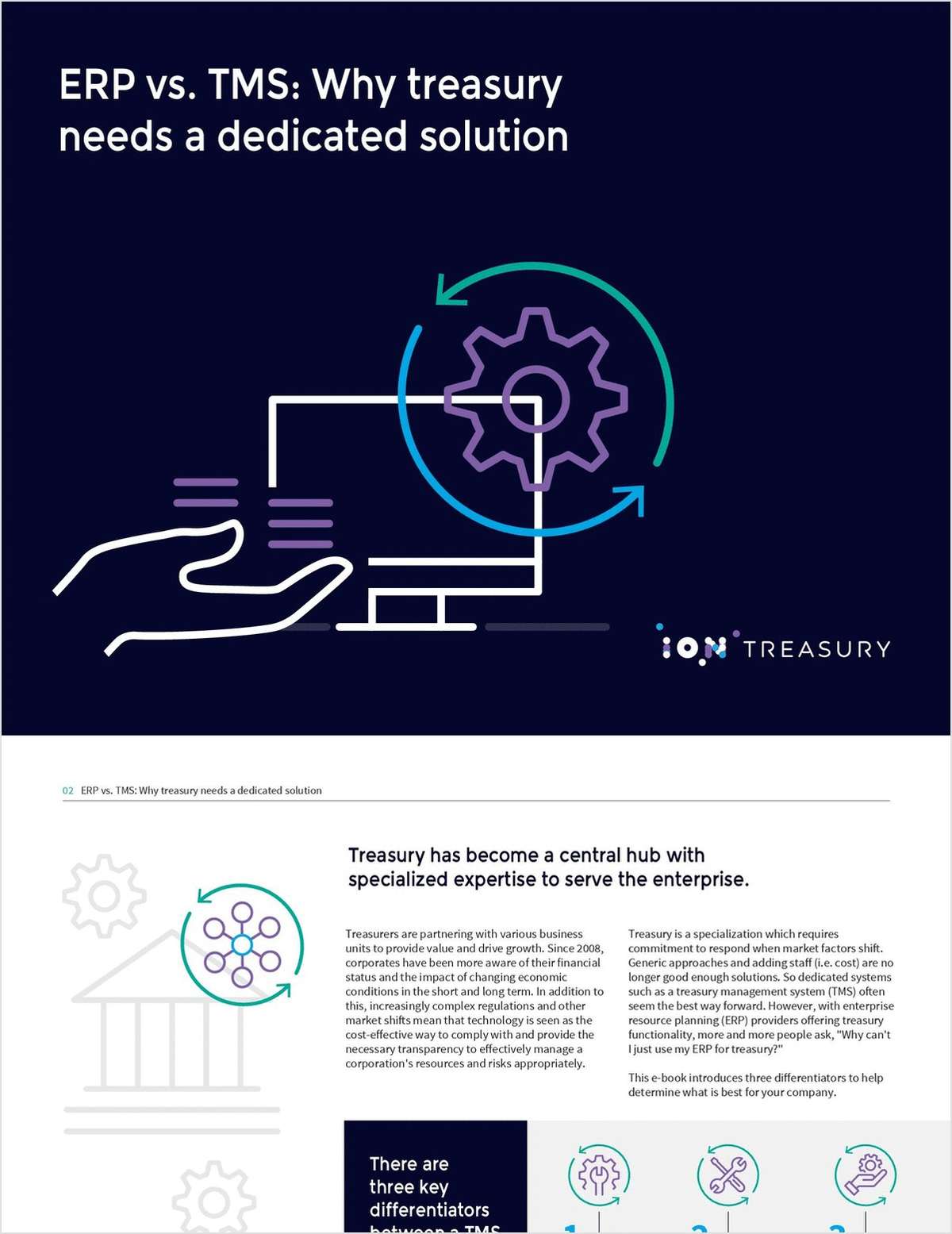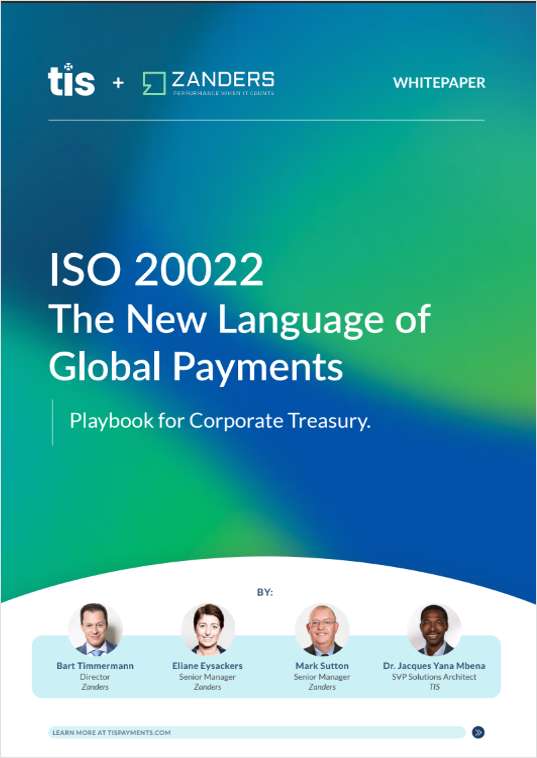New disclosure rules and the threat of fiduciary violation lawsuitshave helped bring down investment management, recordkeeping andother fees in 401(k) and other retirement accounts. Nowrevenue-sharing is following suit.
|According to a 2013 survey by Boston-based investmentconsultancy NEPC, total plan costs for sponsors declined 0.02percent from 2012 to 2013, falling to 0.53 percent. That'sequivalent to a yearly charge of $5.30 for every $1,000 invested.That figure had been 0.59 percent in 2010, so the savings are inthe many millions of dollars.
|NEPC's survey also found that revenue-sharing arrangements –used to help offset, or in some cases, to pay for all plan-related expenses – beganto decline in 2010 and continued to do so in 2013. It found that 13percent of plans had no form of revenue sharing whatsoever, afigure that most expect will only grow.
|NEPC found that the weighted average revenue share in 2013 wasunder 0.11 percent vs. more than 0.16 percent in 2008.
|While that's good news, concerns about excessive revenue-sharingand transparency remain.
|That's because, as things still stand, participants in mostqualified plans pay the majority of plan costs through acombination of investment-related expenses and contract charges.These are typically netted from performance on a daily basis, butthey are not expressed in dollars and cents. As a result, manyparticipants mistakenly believe they are not paying expenses at alland that they are getting a 401(k) plan “for free.”
|The Department of Labor's 404(a)(5) disclosure form, which isissued annually by each plan and addresses participant-level fees,is supposed to help make these deal moretransparent.
|Also read: Reversal in 401(k) case leaves plan sponsors on thehook
|Gregory C. Lewis, a principal at Boston'sPinnacle Financial Group, said the DOL had good intentions in mindin adopting its new disclosure rules. “Since qualified plans can becostly undertakings, and participants bear the majority of plancosts, the DOL has endeavored through 404(a)(5) to educateparticipants about the various costs and fees that impact theirplan accounts,” he said.
|But the DOL has fallen short in its bid to adequately informparticipants, according to Evan Rapp, managing partner with RPGConsultants, Valley Stream, New York.
|“The 404(a)(5) participant disclosure notices include quarterlyfee reporting, as well as an annual fee report. (But) this reportis extremely complicated and many pages. There is no way theaverage participant understands it,” Rapp said.
|“I believe the government had the best of intentions when theypassed these laws. Sadly, they have done little good for 401(k)participants,” he said. “Revenue-sharing is still permitted, butnow must be disclosed in a 50-page document that is distributedonce a year. So, except for additional paperwork, nothing reallyhas changed. They can advertise 'free' 401(k) plans while gettingall their revenue from the funds.”
|Also read: Advisor council wants DOL to survey more plans onfees
|The DOL hasn't issued any explicit guidance on how to deal withrevenue-sharing, so plan sponsors have needed to be careful aboutpossible conflicts of interest, as well as the reasonableness ofamounts paid to service providers.
|Jason Chepenik, a 401(k) plan consultant in Winter Park, Fla.,recently helped Intersil Corp., a semiconductor maker inMilpitas, Calif., revamp its 401(k) plan using low-cost funds withno revenue-sharing fees.
|To fill the gap from the loss of revenue-sharing, workers pay anannual administrative fee equal to 0.09% of their account balances,he said. In all, Intersil workers will save more than $600,000 ayear in fees on the $330 million they have invested, with thesavings coming from both lower charges from a new plan recordkeeperand the use of lower-cost funds, Chepenik calculated.
|In addition to switching to lower-cost mutual funds, somebrokers have adopted another form of advisory arrangement with plansponsors. “We have seen some brokers moving to an RIAarrangement and also moving to share classes with little or no12b-1 (marketing or distribution) fees,” said Carol Ringwald, vicepresident at July Business Services, Waco, Texas.
|But that's not always ideal, either, at least from aparticipant's viewpoint.
|Which is why, Ringwald said, “we have also seen RIA arrangementswhere they are using share classes that pay a level 12b-1 feeacross all of the funds and we are still allocating that back tothe participants to offset their RIA fee.”
|Daniel A. Notto, senior retirement plan counsel atAllianceBernstein, thinks it may be “most prudent” for sponsors torethink revenue-sharing altogether.
|Beyond turning to lower-cost mutual fund share classes, Nottosuggests sponsors consider using collective investment trusts asthe underlying investment vehicles instead of mutual funds. CITstypically don't engage in revenue-sharing and are usually lessexpensive than mutual funds because they have lower compliance,marketing and administrative costs, Notto recently wrote.
|“The bottom line for plan fiduciaries is to make an informeddecision,” he said. “Get enough information to think the issuethrough, work with the plan's advisors or consultants, make adecision and document it. That is how plan sponsors — asfiduciaries — can do the right thing for their plan participantsand protect themselves at the same time.”
|In a blog last fall, Chicago-based law firm Winston and Strawnoffered sponsors some specific advice on revenue-sharingarrangements. The highlights:
|• Confirm that the compensation proposed forthe recordkeeper or other service provider under the arrangement isreasonable. … Ask the provider to provide a chart showing each formof direct and indirect compensation and the correspondingfees/rates expected to be received. … Reviewing the information inthis format may provide for a more comprehensive review.
|• Ask your consultant (or other provider) to confirm that therevenue-sharing formula … are consistent with (or more favorablethan) market trends.
|• Ask your consultant (or other provider) to provide specificrecommendations on the type of reporting needed to confirm thatamounts paid back to the plan are correctly calculated and appliedfor the benefit of the plan.
|• Allocate/track revenue-sharing payments in a trust orbookkeeping account … and establish a policy addressing how andwhen revenue-sharing payments paid back to the plan will beallocated among participants or used to pay plan expenses inaccordance with ERISA.
|Also read: It's a roadmap to nowhere when people still believe in a free401(k)
Complete your profile to continue reading and get FREE access to Treasury & Risk, part of your ALM digital membership.
Your access to unlimited Treasury & Risk content isn’t changing.
Once you are an ALM digital member, you’ll receive:
- Critical Treasury & Risk information including in-depth analysis of treasury and finance best practices, case studies with corporate innovators, informative newsletters, educational webcasts and videos, and resources from industry leaders.
- Exclusive discounts on ALM and Treasury & Risk events.
- Access to other award-winning ALM websites including PropertyCasualty360.com and Law.com.
*May exclude premium content
Already have an account? Sign In
© 2024 ALM Global, LLC, All Rights Reserved. Request academic re-use from www.copyright.com. All other uses, submit a request to [email protected]. For more information visit Asset & Logo Licensing.







